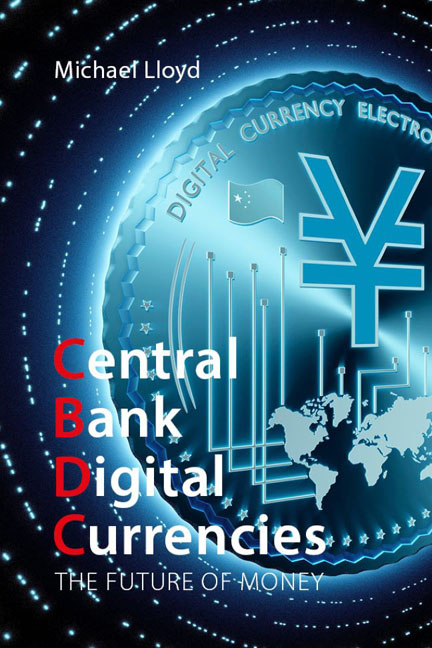Book contents
- Frontmatter
- Contents
- Introduction
- 1 Retail and wholesale CBDCs
- 2 Domestic monetary and legal implications
- 3 Technology
- 4 Impact on the commercial banking sector
- 5 The regional and international nexus
- 6 The future of money: the next decade
- Appendix 1 Retail CBDC case studies
- Appendix 2 Wholesale CBDC: cross-border examples
- References
- Index
3 - Technology
Published online by Cambridge University Press: 20 January 2024
- Frontmatter
- Contents
- Introduction
- 1 Retail and wholesale CBDCs
- 2 Domestic monetary and legal implications
- 3 Technology
- 4 Impact on the commercial banking sector
- 5 The regional and international nexus
- 6 The future of money: the next decade
- Appendix 1 Retail CBDC case studies
- Appendix 2 Wholesale CBDC: cross-border examples
- References
- Index
Summary
The database technologies available for CBDCs are either centralized, decentralized, or semi-decentralized databases. The use of distributed ledger technology (DLT), or a “bespoke” version of blockchain, which maintains a measure of centralized control by the central bank, are the main options for both retail and wholesale CBDCs. The issue for central banks will be whether the financial data of a distributed group of participants can be collectively and safely maintained, without internal system reliance on a single central party or a centralized data store. Whatever variant of CBDC is selected, it must offer scalability, confidentiality/privacy, availability/latency and security/resilience.
There are four technology decisions, all relating to the potential design model choices to be made by central banks for both retail CBDCs and wholesale CBDCs. First, the choice between a central ledger database technology (the current position) versus a decentralized, distributed database technology. Second, should a fully decentralized database technology prove too problematic for central banks, is a semi-decentralized approach practical and how exactly does this choice involve DLT/blockchain technology? Third, how do the database choices relate to the use-cases for wholesale CBDCs for cross-border applications and the available retail CBDC model design options? Finally, how best to establish interoperability between differing database approaches and maintain technological innovation over time.
Central vs decentralized databases
As far as retail CBDCs are concerned the decision has yet to be made, although it seems likely that DLT, in some format, will be used for establishing retail CBDCs, albeit often under an API. Scalability is a key issue for retail CBDCs, whereas wholesale CBDCs when used for cross-border transfers involve a smaller number of participants on the network.
Traditionally, central bank databases have been centralized. Network centralization developed, historically, as a means to improve efficiency and take advantage of potential economies of scale. On the other hand, decentralization seeks to improve the speed and flexibility of networks by decentralizing computer processing across the network to the individual user (Brookings 2020).
Centralized ledgers, as used by central banks in the current monetary system architecture, provide a complete overview of wholesale transactions, demands for which they receive from commercial banks for clearance and settlement, using the movement of reserves to do so. Given the crucial role of central banks in maintaining trust in the monetary system, having centralized control of the ledger is a convenient and secure way of maintaining that trust-anchor role.
- Type
- Chapter
- Information
- Central Bank Digital CurrenciesThe Future of Money, pp. 51 - 74Publisher: Agenda PublishingPrint publication year: 2023



